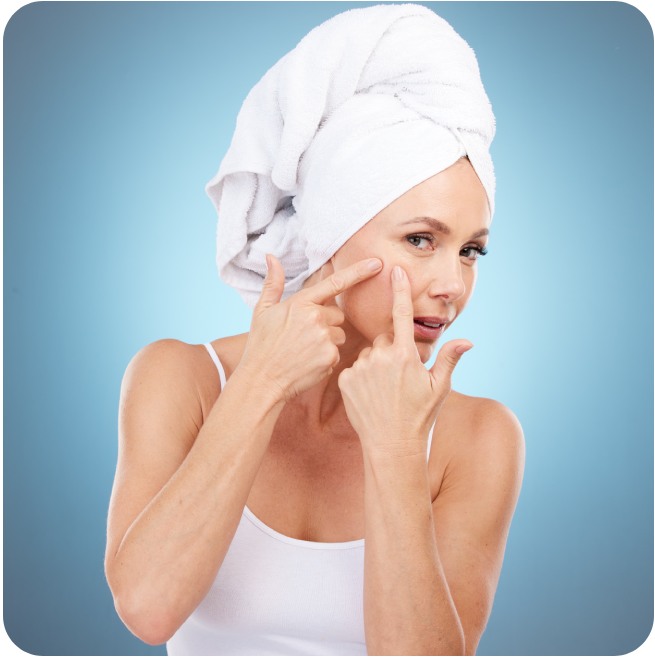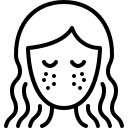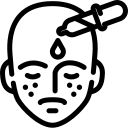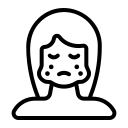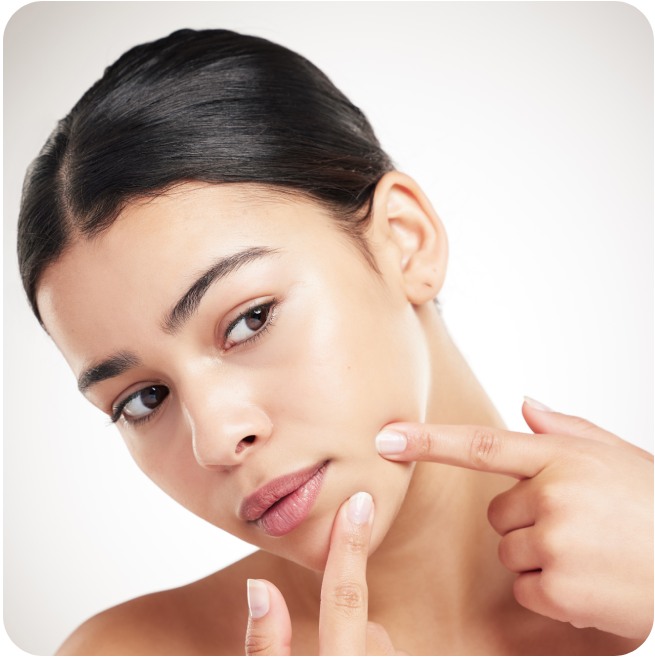Based on the diagnosis, a customized treatment plan will be created. This plan may involve combining different treatment methods to address the symptoms and the underlying causes of pimples.
Cleansing:
The first step in topical treatment involves using a gentle cleanser to remove dirt, oil, and makeup from the skin. Cleansing prepares the skin for other treatments and prevents the clogging of pores.
Application of Active Ingredients:
Depending on the type and severity of the pimple, the dermatologist may apply topical treatments that include:
- Salicylic Acid: Used for mild to moderate pimples, it helps to exfoliate the skin and prevent clogged pores.
- Benzoyl Peroxide: This kills pimple-causing bacteria and reduces inflammation.
- Retinoids: Vitamin A derivatives that increase cell turnover, reduce clogged pores, and prevent new breakouts.
- Topical Antibiotics: Antibiotics for pimples with bacterial involvement may reduce inflammation and infection.
Moisturization:
A non-comedogenic moisturizer may be applied to maintain skin hydration without clogging pores.
For more severe or persistent pimples, oral medications may be prescribed, such as:
Antibiotics:
Antibiotics may be prescribed for moderate to severe pimples to reduce inflammation and bacterial growth.
Hormonal Treatments:
In cases where pimples are hormonally driven (e.g., in women), oral contraceptives or anti-androgen medications can help balance hormones and reduce pimple flare-ups.
Chemical Peels:
Chemical peels use exfoliating acids (such as glycolic or salicylic acid) to remove the top layer of dead skin cells and reduce clogged pores.
Laser Therapy:
Lasers like blue light therapy or fractional CO2 lasers can target deep layers of the skin to kill pimple-causing bacteria and reduce oil production.
Microneedling:
In this procedure, tiny needles are used to create micro-injuries in the skin, which stimulates collagen production and helps to reduce pimple scars.
